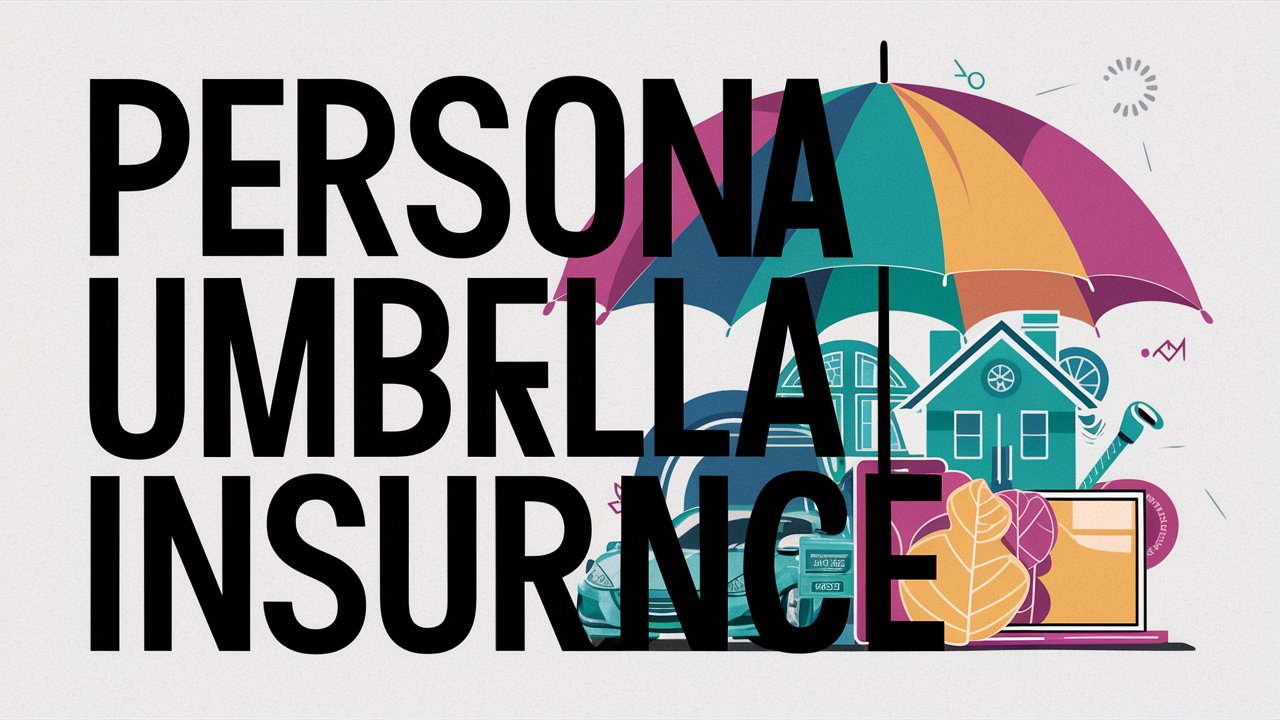Homeownership is a significant milestone, symbolizing stability and investment in the future. However, with this milestone comes the responsibility of protecting your investment. Home insurance is essential in safeguarding your home from unforeseen events such as natural disasters, theft, or accidents. With the multitude of insurance providers and plans available, navigating the landscape of home insurance can be overwhelming.
Mastering the art of home insurance comparison is crucial to ensuring you get the best coverage for your needs at the most competitive price. This blog post aims to guide you through the process, providing a comprehensive understanding of how to compare home insurance policies effectively.
Understanding Home Insurance
Before diving into the comparison process, it’s important to understand what home insurance entails. Home insurance, also known as homeowners insurance, is a policy that provides financial protection against losses and damages to an individual’s home and assets within it. The policy typically covers interior and exterior damage, loss or theft of possessions, and personal liability for harm to others.
Components of a Home Insurance Policy
- Dwelling Coverage
This covers the structure of the home itself. It pays for repairs or rebuilding if the home is damaged by a covered peril such as fire, windstorms, hail, or vandalism.
- Other Structures Coverage
This extends to structures not attached to the house, such as a garage, shed, or fence.
- Personal Property Coverage
This protects the contents of the home, including furniture, electronics, clothing, and other personal items, in case they are stolen or destroyed by a covered peril.

- Liability Protection
This covers legal expenses and damages you are legally responsible for if someone is injured on your property or if you accidentally cause damage to someone else’s property.
- Additional Living Expenses (ALE)
This covers the cost of living elsewhere if your home is uninhabitable due to a covered loss.
- Medical Payments Coverage
This pays for medical expenses for guests injured on your property, regardless of fault.
The Importance of Comparing Home Insurance Policies
Not all home insurance policies are created equal. Coverage limits, exclusions, deductibles, and premiums can vary significantly from one insurer to another. Therefore, comparing home insurance policies is essential to ensure that you get the most suitable coverage for your needs at the best price. Here are several reasons why comparison shopping is crucial
- Cost Savings
Insurance premiums can vary widely between providers. Comparing quotes can help you find a policy that fits your budget without compromising on coverage.
- Coverage Differences
Each policy has unique features and exclusions. Comparing policies ensures that you select one that provides adequate coverage for your specific needs.
- Understanding Terms and Conditions
Policies can have complex terms and conditions. By comparing, you can gain a clearer understanding of what each policy entails, helping you avoid unpleasant surprises when you file a claim.
- Customer Service
Insurer reputation and customer service quality can vary. Researching and comparing providers can help you choose one with a good track record of customer satisfaction and claims handling.
Steps to Mastering Home Insurance Comparison
1. Assess Your Insurance Needs
The first step in comparing home insurance policies is to understand your own needs. Consider the following
- Home Value
Determine the replacement cost of your home. This is the amount it would take to rebuild your home from scratch, not its market value.
- Personal Belongings
Take inventory of your personal possessions and estimate their total value.
- Location Risks
Consider the risks associated with your home’s location. For instance, if you live in an area prone to flooding, you may need additional flood insurance.
- Liability Coverage
Assess how much liability coverage you need based on your assets and risk factors.
2. Research and Gather Quotes
Once you have a clear understanding of your needs, start gathering quotes from multiple insurance providers. You can do this through
- Online Comparison Tools
There are numerous online platforms that allow you to compare quotes from different insurers side by side.
- Insurance Brokers
Brokers can provide personalized advice and help you find the best policy for your needs.
- Direct Contact
Reach out to insurance companies directly to get quotes and ask questions.
3. Compare Coverage Options
When comparing quotes, it’s important to look beyond the premium. Examine the details of the coverage options offered by each policy
- Coverage Limits
Ensure that the coverage limits for dwelling, personal property, and liability are sufficient for your needs.
- Deductibles
Compare the deductibles for each policy. A higher deductible can lower your premium but means higher out-of-pocket costs in the event of a claim.
- Exclusions and Endorsements
Review what is and isn’t covered by the policy. Some policies may exclude certain perils or offer additional coverage through endorsements.
4. Evaluate Discounts and Bundling Options
Many insurers offer discounts for various reasons, such as installing security systems, having no claims history, or bundling multiple policies (e.g., home and auto insurance). When comparing policies, inquire about available discounts and consider the potential savings.
5. Review Insurer Reputation and Customer Service
The quality of an insurer’s customer service and their reputation for handling claims can significantly impact your experience. Research customer reviews and ratings from reputable sources such as J.D. Power, Consumer Reports, and the Better Business Bureau. Look for information on
- Claims Handling
How efficiently and fairly does the insurer handle claims?
- Customer Service
How responsive and helpful is the customer service team?
- Financial Stability
Check the insurer’s financial strength ratings from agencies like A.M. Best, Moody’s, or Standard & Poor’s to ensure they can pay out claims when needed.
6. Read the Fine Print
Before making a final decision, carefully read the policy documents. Pay attention to the fine print, including
- Terms and Conditions
Ensure you understand the terms and conditions of the policy.
- Policy Exclusions
Be aware of any exclusions that could affect your coverage.
- Renewal and Cancellation Policies
Understand the terms for renewing or canceling the policy.
Common Pitfalls to Avoid
When comparing home insurance policies, be mindful of common pitfalls that could lead to inadequate coverage or higher costs
- Underinsuring Your Home
Ensure that your dwelling coverage is sufficient to cover the full cost of rebuilding your home. Underinsuring can leave you financially vulnerable in the event of a total loss.
- Ignoring Policy Exclusions
Pay close attention to what is excluded from the policy. You may need additional coverage for certain perils, such as floods or earthquakes, which are not typically covered by standard home insurance policies.
- Focusing Solely on Price
While it’s important to find a policy that fits your budget, don’t choose based solely on price. Ensure the policy provides adequate coverage and good customer service.
- Not Reviewing Your Policy Annually
Your insurance needs may change over time. Review your policy annually and make adjustments as necessary to ensure it continues to meet your needs.
The Role of Technology in Home Insurance Comparison
Technology has revolutionized the way consumers compare and purchase home insurance. Here’s how you can leverage technology to make the process easier and more efficient
Online Comparison Tools
Online comparison tools allow you to input your information once and receive quotes from multiple insurers. These tools save time and provide a convenient way to compare policies side by side.
Mobile Apps
Many insurance companies offer mobile apps that allow you to manage your policy, file claims, and receive quotes on the go. These apps provide a seamless and convenient way to interact with your insurer.
Smart Home Devices
Installing smart home devices such as security systems, smoke detectors, and water leak sensors can qualify you for discounts on your home insurance. These devices can also help you prevent and mitigate losses, reducing the likelihood of filing a claim.
Artificial Intelligence and Chatbots
Insurance companies are increasingly using AI and chatbots to assist customers with their inquiries. These technologies can provide quick answers to your questions, help you find the right policy, and streamline the purchasing process.
Conclusion
Mastering the art of home insurance comparison is essential for protecting your home and financial future. By understanding your insurance needs, researching and comparing quotes, evaluating coverage options, and considering the reputation and customer service of insurers, you can find the best policy for your needs at a competitive price. Avoid common pitfalls, leverage technology, and review your policy regularly to ensure that you maintain adequate coverage as your needs evolve.
Home insurance is not a one-size-fits-all product, and the right policy for you will depend on a variety of factors unique to your situation. Take the time to compare your options thoroughly, and don’t hesitate to seek professional advice if needed. With the right approach, you can confidently secure the protection your home deserves.
For more details please visit our home page: Click Here

